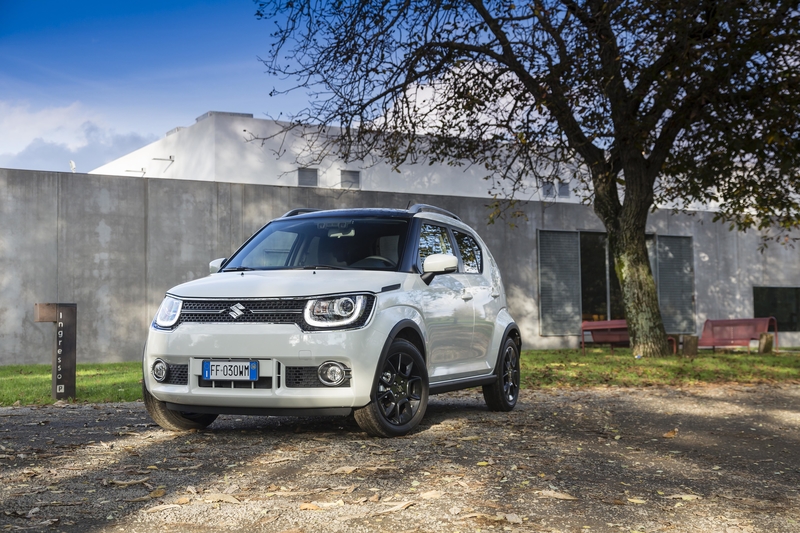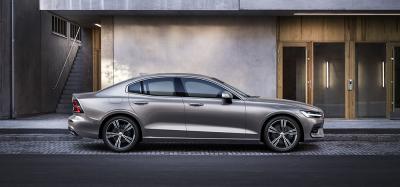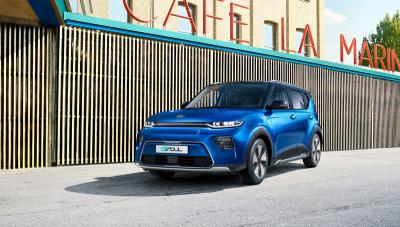Very Oriental, very Japan Style though stocky and fun-looking. The latest Ignis version doesn’t go unnoticed, both for its distinctive features – rather different from the uniformity found in most class A and B cars, something between a city car and a mini-crossover, maintaining Suzuki’s traditional family feeling - as well as its technological content, no doubt in step with the times, thanks to its light hybrid engines on request and two or four wheel traction. The height from the ground (18 cm), reduced overhangs and all-wheel drive, might betray the characteristics of a compact SUV perfectly at ease off-road as well as on snow-clad roads or safe trips to an isolated mountain lodge, while in reality its ideal habitat remains the city.
IN FOUR JUST ABOUT EVERYWHERE
Now in its third generation, the Ignis (launched first in 2000 and redesigned in 2003) changes role, going from a mere city car to a mini crossover. The size is that of a Panda, 3.70 metres long (2.43mt. wheelbase), 1.66 wide, 1.6 metres high, but sufficiently roomy for four passengers on medium-long trips. Load-carrying capacity is sufficient, with enough luggage space to meets daily shopping needs and carrying small parcels around, thanks to the 267 litres loading space expandable to 360 by sliding the back seat horizontally retaining the four seats, or 514 litres with the rear seat completely folded. Without the optional spare wheel, replaced by a repair kit, the all-wheel version loses about 40 litres to house the additional parts needed by a four wheel drive vehicle.
LED headlights and air vents on the bonnet gives the Japanese mini-SUV an appealing look, enough to list the Little Suzuki among the cars with a strong appeal, with a young clientele in mind, without neglecting – an absolute must in our social era - a complete range of digital devices and infotainment kits, with an SLDA system and Android Auto app, able to ensure the greatest comfort for all passengers. The modern interior with its well-rounded dashboard, is further enhanced by a 7-inch central display with a GPS system and sound controls, which can be interfaced with a smartphone to add web connectivity, using services such as Google Map , and Mirrorlink to view the main features of the vehicle on the monitor.
Active safety devices include a Dual Camera system managed by two front cameras, which monitor the distance of the surrounding obstacles and represent the heart of three different functions: Brake Support, which automatically sets in slowing down the vehicle in the event of an imminent impact. Lane Departure Warning, alerting the driver when the lane has been unintentionally passed, and the Weaving Alert, a sound and light alert system ready to warn the driver when the vehicle starts weaving due to drowsiness. And when the impact is no longer avoidable, the front, side and curtain airbags protect the passengers.
The best equipped versions boast remote keyless systems, automatic A/C and steering wheel controls, while only the AllGrip version have a set of dedicated off-road protections, front and rear.
LIGHT HYBRID
With one engine (for now), Ignis satisfies everyone. The 90 hp 16-cylinder 16-valve, 1.2-litre Dualjet, is coupled, on the Hybrid versions, to a Smart Hybrid Vehicle system by Suzuki (SHVS). Using the ISG (Integrated Starter Generator) system, this light hybrid employs the starter with a triple function: as a starter-motor, an alternator for charging the two batteries (in this case with an additional lithium-ion accumulator located under the driver's seat) and as an electric assistance motor, to aid the combustion engine, but only during acceleration.
Even though the Ignis doesn’t work as a full EV, not even for very short stretches, the system effectively reduces fuel consumption and emissions. Thus, from an average of 21.7 km/litre declared on the traditional Ignis (20 km/litre for the 4WD), the Hybrid version can reach over 23.2 with only 97 g/km of CO2 emissions, guaranteeing noteworthy performances such as a maximum speed of 170 km/h; not exactly a burning acceleration but, for this category at least, sufficiently “quick of the mark.” The five-speed manual transmission can be replaced by the automated 5-speed AGS (Automatic Gear Shift) version, made by inserting an electro-actuator that manages clutch and gear shifting.
Totally new, starting from the chassis, Suzuki produced its Total Effective Control Technology platform with collapsible impact elements, in order to guarantee great driving precision and Energy absorption in the event of a collision (earning 5 EuroNCAP stars), also used on other vehicles supported by the Group, such as the Indian Maruti, close partner of the Japanese manufacturer.
Compact and light, with a total mass in the region of just 900 kg (a further fifty for the 4WD), electrically assisted steering and a mixed breaking system, with vented brake disks on the front axle and classic drums at the rear, providing adequate braking power, managed by the inevitable ABS anti-lock system and Esp stability control which integrates the Tcs traction control and, on the four-wheel drive version only, Grip Control and Hill Descent Control.
Do not expect seasonal tire replacements with a large assortment of oversized wheels. In line with the customary Japanese functional sobriety, only two are the tire sizes with 15” and 16” steel or alloy wheels (according to the three versions offered: iCool, iTop and iAdventure) and tires ranging between 175/65 R15 and 175/60 R16.
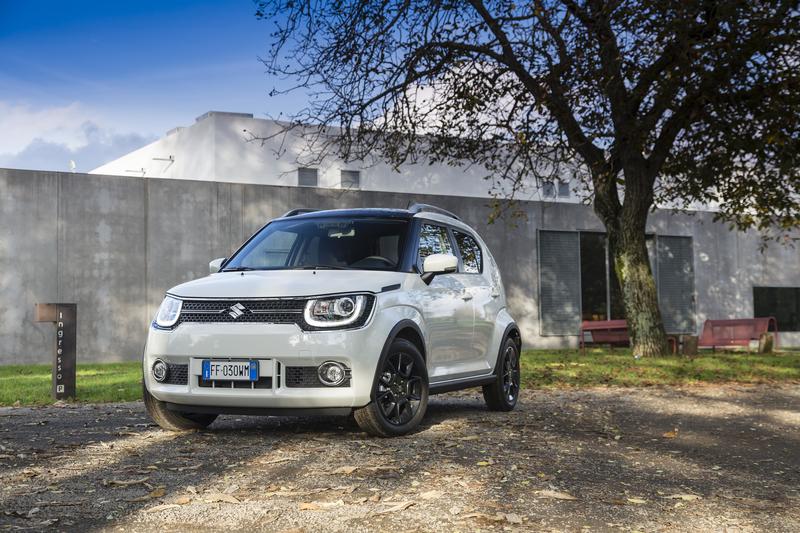
With 3.70 metres in length, 5 doors and 4 seats, the Ignis is positioned halfway between the A and B segments, offering suitable space and comfort for both urban and medium-long trips
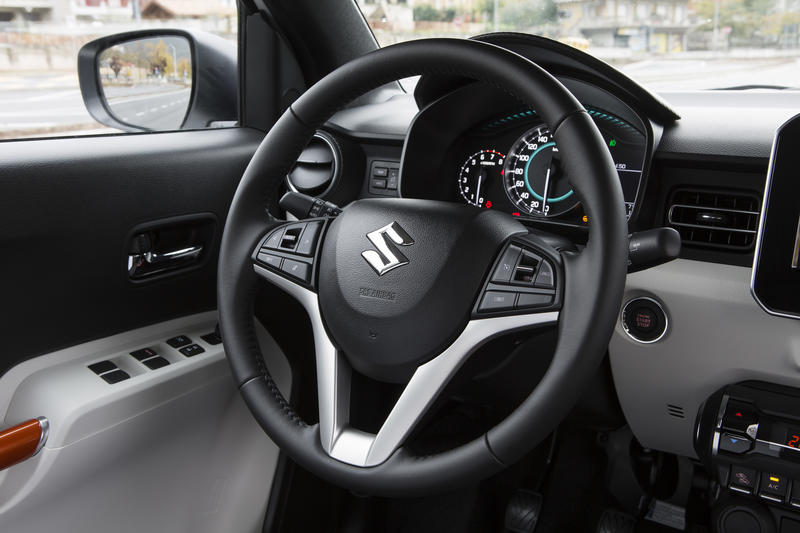
The Suzuki Light Hybrid System SHVS employs an enhanced alternator that can work as a starter motor as well as electric power unit but only during acceleration
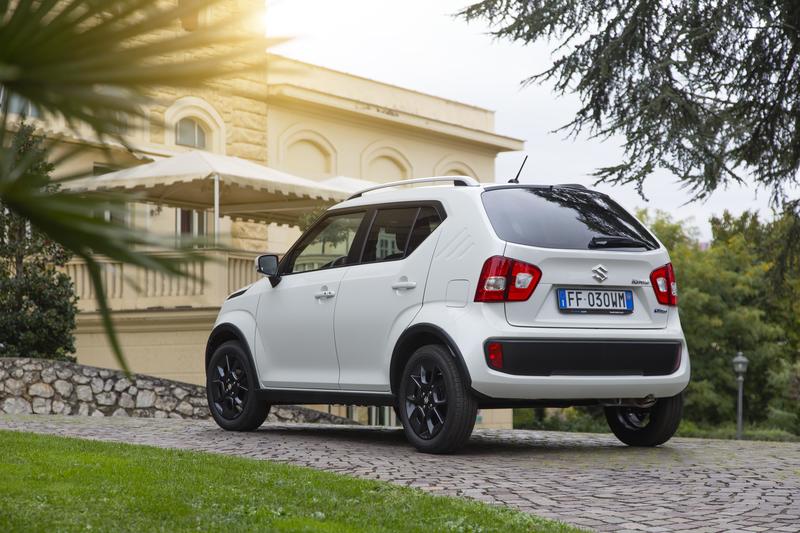
The interior comes in two base colours with technological inserts according to the trim level, and includes a 7” display and built-in connectivity integrated to ones smartphone
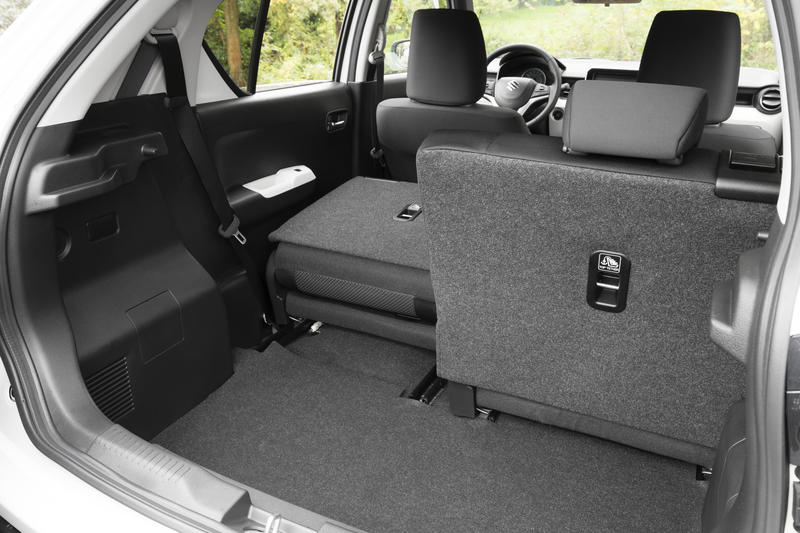
The only engine at the moment is a 90 hp 1.2-litre petrol unit which provides appreciable performance maintaining more than acceptable fuel consumption levels, even lower on Hybrid versions
